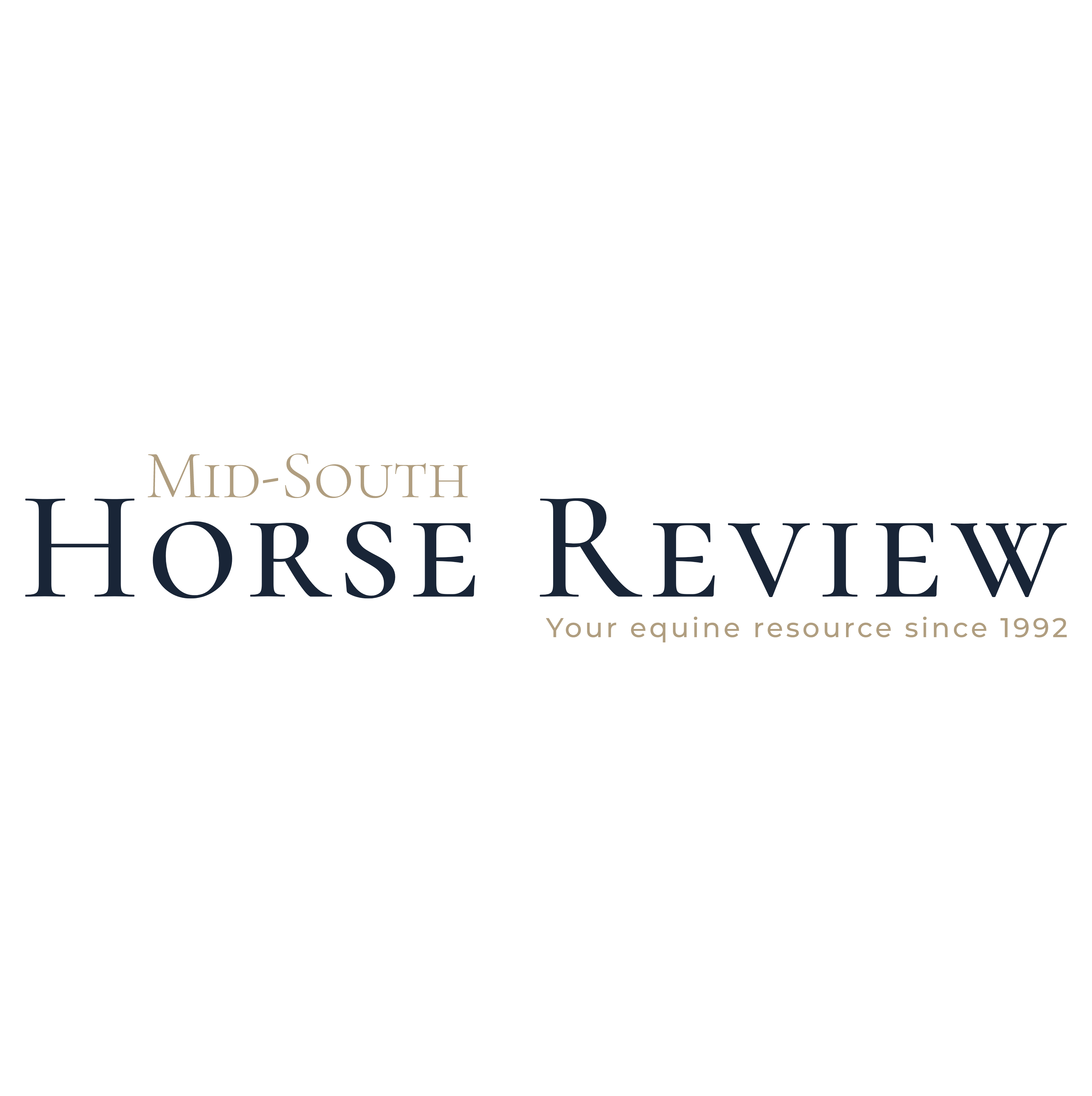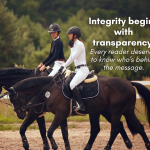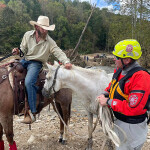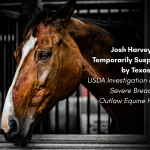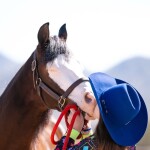Core stability is crucial for the equestrian athlete to unlock their full potential, whether it is in the dressage ring, on the rail in western pleasure, making a turn and burn run, around the barrels, cutting a cow, or on the trails. The impact of the core for endurance, balance, stability, and overall injury prevention makes it one of the most important muscle groups riders have.
If you have ever ridden under the guidance of a trainer, coach, or even a parent, I am sure you have been told to: “sit tall,” “sit up straight,” or some version of those sayings. Most have never thought about what is involved in sitting tall in the saddle unless they have had back issues.
We discussed the importance of hip flexor flexibility last month in the article Healthy Hips Equals Happy Riders. Core stability is the second important part of the equation when it comes to balance. A stable, strong core is the key to sitting up straight and balancing yourself atop your horse while riding.
What exactly is core stability? “Core stability is defined as the ability to control the position and motion of the trunk over the pelvis to allow optimum production, transfer and control of force and motion to the terminal segment in integrated athletic activities.” (Kibler, Press, Sciascia) So what does that mean? A strong core allows you to be in control of the position of your body, but most importantly a strong core keeps your back protected from injury.
As we age, there is a tendency to allow posture to get “lazy.” Keeping our core engaged and muscles tight keeps our spine secure and in the proper position. Actively engaging the muscles of your abdomen naturally helps the rider hold the proper position when in the saddle.
There are several muscles that make up the core. The main muscles are the: obliques, rectus abdominis, transverses abdominis, pyramidalis, and the erector spinae. This group of muscles creates a natural back brace for us by protecting the spine during movement. If you have ever had a back injury and tried to ride a horse, you completely understand the importance of these muscles.
We have all heard “Prevention is the best medicine.” When it comes to protecting our back, there was never a more true statement! Developing a strong core helps distribute the rider's weight more evenly, reducing the risk of overloading specific muscles, minimizing the likelihood of injury. In order to get the best use out of our core, riders must invest a little time on developing a strong, stable core. Remembering that there are several muscles that make up the core, multiple exercises must be utilized to make sure that all the muscles are worked.
The plank is an excellent abdominal exercise. It allows the equestrian to work multiple muscles, including the transverses abdominis, rectus abdominis, and the internal and external obliques. To perform this exercise, start by positioning yourself face down on the floor. Your elbows should be bent and aligned with your shoulders. Extend your legs straight out behind you, shoulder width apart. Keeping your toes on the ground, raise your body up onto your toes and elbows. Hold this position for 20-30 seconds to start out; gradually increase the duration as you build up endurance. It is important to make sure you breath while doing a plank and keep your core muscles tight. Your hips should stay in alignment with your shoulders and toes; keeping your neck and back straight are important while performing this exercise.
Another great exercise is the crunch. Position yourself on your back on the ground. Bend your knees and put your feet flat on the ground. Slowly squeeze your abdominal muscles and raise your shoulders off of the ground. If you are putting your hands behind the head, stay aware not to pull the head or neck. This exercise needs to be completely focused on working the core muscles. Start by doing 15 crunches, rest for 30 seconds, then repeat for 3 times. As it becomes easier to do crunches, increase the number of times you do the exercise. To make this exercise harder, raise your feet off of the ground and hold them in the air while you perform the exercise.
Core stability is crucial for the equestrian athlete to unlock their full potential, whether it is in the dressage ring, on the rail in western pleasure, making a turn and burn run, around the barrels, cutting a cow, or on the trails. The impact of the core for endurance, balance, stability, and overall injury prevention makes it one of the most important muscle groups riders have. In order for the equestrian to perform at the top of their game, they must do their “groundwork” and invest time in developing core strength.
(Kibler WB, Press J, Sciascia A. The role of core stability in athletic function. Sports Med. 2006;36(3):189-98. doi: 10.2165/00007256-200636030-00001. PMID: 16526831.)
